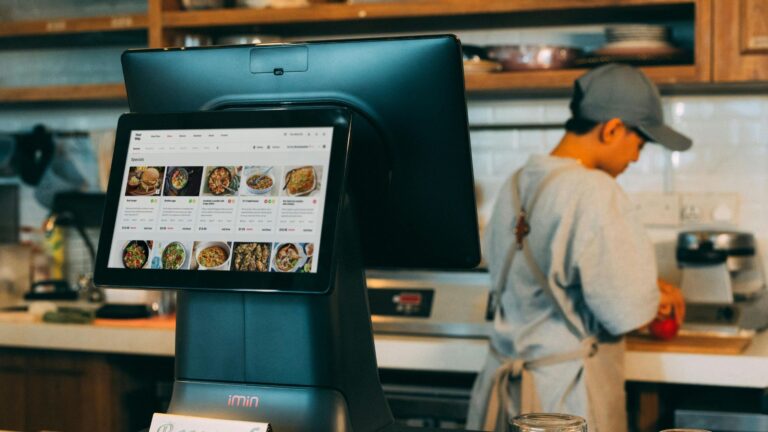Ordering food isn’t what it used to be. Before, you called, had your order taken by hand, and crossed your fingers that everything would arrive safely. Today, many orders start on a screen. But the interesting thing isn’t just the technology, but what it’s doing behind the scenes: artificial intelligence is changing the way we order, talk, and eat.
AI didn’t come to smooth out the moments of wasted time or errors. In something as mundane as ordering a meal, there are now systems that listen, understand, and help everything flow more naturally.
AI in online orders: fewer errors, more fluidity
When you visit a delivery app or your favorite restaurant’s website, you’re probably already talking to an AI tool. Even if you don’t realize it, it’s working to understand what you need without you having to say much. If you usually order on Friday nights, it can remember that. If you always choose without onions, it’ll remember that.
It’s not just about convenience. There’s also a sense of closeness. That feeling of being “known” even when there’s no one on the other end. AI is making ordering feel more like a conversation and less like filling out a form.
Recommendations that make sense
One of the most useful things AI does is suggest just the right thing at the right time. Sometimes you don’t even need to search. The system already knows that on Tuesdays you usually order a combo meal with a drink, or that when it’s cold you prefer soup. So, it suggests what you were probably thinking.
These suggestions aren’t generic. They don’t randomly throw you offers. They’re based on your habits, your context, and what other customers have enjoyed in similar situations. And the best part: you don’t need to explain it every time.
Predictive systems that understand the customer
But artificial intelligence isn’t limited to digital technology. It’s also present in restaurants. Some establishments already use it to accompany the waiter while taking orders. It’s not about replacing them, but rather assisting them.
For example, while the customer speaks, a tablet or voice assistant captures what they say and puts together the order. If something is out of stock, the system immediately detects it and suggests an alternative. All this without interrupting the conversation. Thus, the dialogue between customer and server remains natural, without awkward pauses.
This type of technology doesn’t seek to remove people from the equation. Quite the opposite. It allows them to focus more on human interaction and less on remembering details or resolving unexpected issues.
Less waiting, more connection
When all this works well, it’s hardly noticeable. There’s no need to think about the processes behind it. What the customer perceives is that ordering food becomes simpler and more agile. Questions are resolved quickly. Errors are reduced. And the staff can focus on what really matters: making the customer feel good.
On the restaurant side, there are also benefits. By being better organized, they can handle more orders without feeling overwhelmed. Additionally, by having clearer information about their customers’ tastes and habits, they can tailor their offerings more meaningfully.
AI with purpose, not just data
A common question is whether this technology can dehumanize service. But the key lies in how it’s used. AI, on its own, has no intention. People decide what to use it for. In the culinary world, it can be a great ally if implemented with empathy.
When it helps avoid misunderstandings, when it allows a person to feel heard, or when it saves unnecessary steps, then AI is playing a good role. The human touch remains at the heart of a restaurant. Technology, in this case, is simply a helping hand.
What’s on the table of the future
All of this is just the beginning. The way we order food will continue to change, and artificial intelligence will be increasingly present, both in apps and in the restaurant dining room itself.
The interesting thing won’t be the novelty, but how it will integrate seamlessly into the experience. Like good service: discreet, attentive, and designed to make every customer feel welcome.




